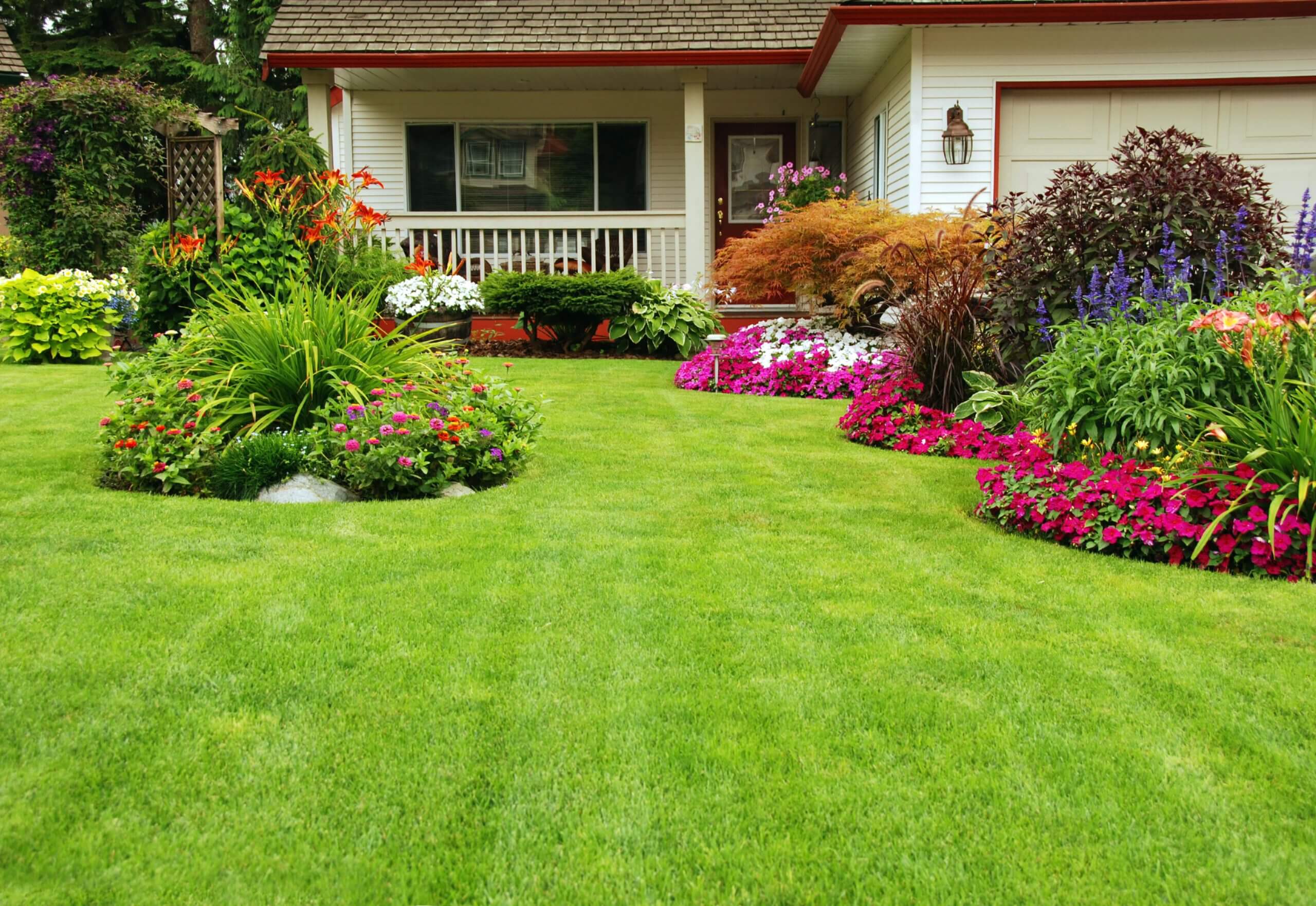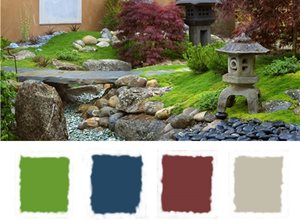What Does Landscapers Mean?
Table of ContentsThe Landscapers StatementsLandscapers Can Be Fun For AnyoneLandscapers - TruthsThe Basic Principles Of Landscapers All about LandscapersLandscapers Fundamentals Explained
- A yard feature where water is represented by an accumulated rock item, typically a gravel or granite. These are most commonly found in contemporary and Japanese yard layout.- A rock or natural flagstone patio area, course, or sidewalk constructed without a concrete base. The base would certainly be compressed crushed rock and the joints would certainly be an accumulation or walkable ground cover. - A rock keeping or complimentary standing wall developed without the usage of mortar. - A below ground structure that gather water and enables it to reduce percolate right into the soil around it.
Landscape style that is compatible with a sites' setting in both look and sustainability without negative impacts to the atmosphere. Interrupting the landscape is a line of demarcation that produces visual interest in the yard by separating one sector from another section. This can be aesthetic or useful, maintaining one element (such as pea crushed rock) from obtaining mixed right into an additional (like bark dirt).
Areas can additionally sense of "unit" supplied by trees, other plantings, fencings, or screens. The landscape near the entrance to a structure. A tree, bush or vine, trained to grow on a wall or fence into a specific pattern. Specifically useful for fruit trees, making it simple to collect the fruit and consisting of mess.
The Basic Principles Of Landscapers

The aspect in a landscape design or area in a landscape that is suggested to be most prominent. The focal factor can be a plant, stone, statuary, gathering space, or other landscape function.

Not known Facts About Landscapers
Rock product, either rounded or fractured, that is reasonably small- usually 1" or less. Low plants that are enabled or encouraged to spread out over an area. Can refer to any type of "difficult" garden elements including statuary or boulders but many frequently is used to refer to courses, patio areas, and walls.: Elevation distinction between the degree of water in a pond (or the level of the pump if it rests outside the pond) and the top outlet of water which impacts performance of the water pump in gph (gallons per hour). Thick hedges or trees that form a fencing, screen, or border.
Fence boards that run flat, often made use of in modern or Japanese-inspired landscape designs. Correct use of imaginary lines can aid the landscape really feel linked to the home and other elements.
Typical PNW landscapes are casual. A plant that spreads out even more than wanted, or right into habitats where it does damages.
The Best Strategy To Use For Landscapers
Can consist of head positionings and coverage, pipe sizing, GPM specifications, and products required to mount this system. Certified specialist that creates landscapes, coached in engineering and style as well as in gardening.
The specialist that plans and establishes landscape projects, usually at a domestic or small commercial level with the significant layout catalyst on plantings. Landscape developers commonly have less schooling than Landscape Architects and are not accredited. A completed landscape design, describing all components for the brand-new landscape. This usually takes the type of a drawing on paper.
Using several growings of the very same range to fill in an area in the landscape. This can lower upkeep and water usage in the garden.
A mix of concrete, sand, and water that is made use of in stone masonry for establishing rocks and joints. A layer of garden compost or bark dust applied at the base of a plant. A mass growing of moss. A plant that was existing in a geographical location before people started altering the landscape.
9 Simple Techniques For Landscapers
Just how the garden or a yard aspect is arranged in connection to an existing or brand-new function or to an instructions. Keeping a yard without using chemical herbicides, chemicals, or fertilizers. Lawns that are not cut but expanded in landscapes as perennials. This is a partly open sided leisure or recreation location that adjoins a dwelling, made use of for enjoyable, outdoor dining and merely enjoying the outside environment.

Plants that give seasonal interest and after that die back in the winter. Cold period yard that is the most common turf lawn in Portland, OR and the rest of the PNW.An open roofed you could try this out framework over an see this page outdoor patio or various other landscape attribute.
Basalt aggregate varying in dimension from 1/4" to dust. The most typical landscape gravel in the PNW. Area of the landscape developed to take care of rainfall water up until it can soak right into the ground. A chain that regulates water as it takes a trip from a roof covering rain gutter to the ground. Garden structure that develops a planting area that is included and greater than the surrounding quality.
Framework made of timber, concrete, leading stones, bricks or various other materials for stabilizing inclines and preventing extreme erosion. Narrow watercourse. Creating a yard attribute being composed mainly of stones with growings that match and can flourish in the rocky environment. Lawn sprinkler head style that rotates a stream of water throughout an area.
Top Guidelines Of Landscapers
:max_bytes(150000):strip_icc()/look-up-look-down-photography--o7ASOHDV9E-unsplash-62ac6efd6d724c7abb7320fefe03b411.jpg)